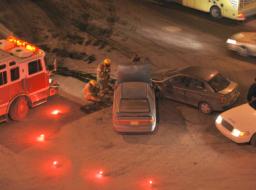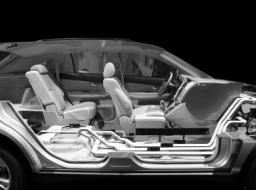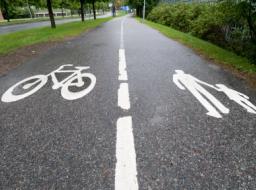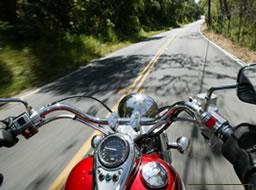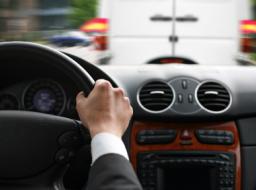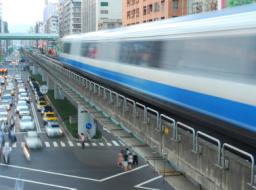Vehicle & Scene Inspections
Information and data from vehicle and scene inspections, when available, can form the bases for several types of useful technical traffic accident reconstruction analyses. Those include: accident reconstruction calculations, time – speed – position histories, momentum analysis, collision severity, change in velocity (delta-v), impact speed, human factors assessments, biomechanics, restraint system performance, product defect investigation, and vehicle malfunction determination.
Data from an accident vehicle may include: vehicle identification number (VIN), year, make, model, optional equipment, damage, crush profile, tire condition, occupant witness marks on the vehicle interior, biomechanical evidence, blood or tissue deposits, paint transfers, seat position, physical evidence pertaining to restraint systems, air bag deployment or non-deployment, crash data retrieval (CDR) / event data recorder (EDR) data, lights on/off status, pre-collision conditions, evidence of rollover, cargo, design defects, mechanical defects, electrical defects and other vehicle conditions.
Information from the accident scene may be transient and time sensitive evidence such as: tire marks, gouge marks, debris, paint or other markings from law enforcement investigations, fluid stains, blood spots, disturbed soil or vegetation, and roadway conditions. Over time, some of this transient evidence will fade or disappear completely.
Other important information from the scene pertains to site geometry. This data is usually more permanent and may include: number of traffic lanes and lane widths, lane orientations, compass headings, gradient, slope, super elevation, surface materials, traffic control devices, significant landmarks, sightlines, sight obstructions, ambient and artificial lighting sources. The documentation of these geometric features is utilized for creating scene diagrams, computer simulations, and computer animations. Scene geometry also plays a significant role in performing many traffic collision reconstruction calculations and in considering human factors contributing to traffic accident causation.
Oftentimes, when a forensic expert witness is first contacted for a case assignment there has already been a degradation or loss of physical evidence. Therefore, it is important for those involved early on in a case (whether an attorney, insurance company, or involved party) to take action to preserve vehicle and scene evidence and/or have an appropriate forensic expert witness perform inspections as soon as possible after the accident or collision event.
